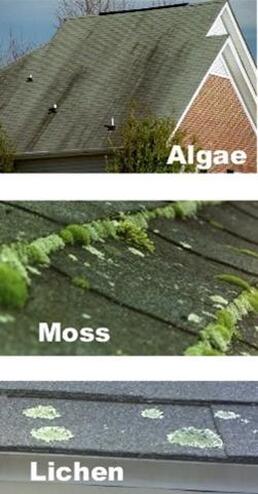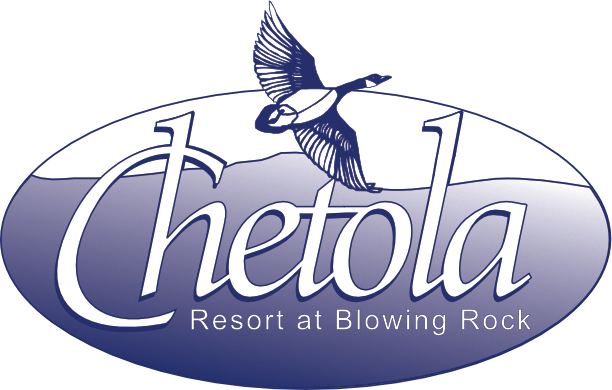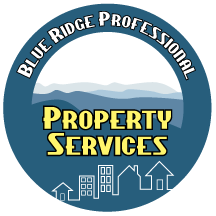Soft Wash Roof Cleaning

Black streaks running down your roof are not a sign that the asphalt shingles are dissolving or that you need a new roof. Rather, you have roof algae!
Asphalt shingles contain limestone, which makes them heavy, durable and reflective. Roof algae over time will slowly consume the limestone, ultimately weakening the shingles.
Algae cells produce a dark pigment that acts as a sunscreen, protecting the cells from the sun. As this pigment accumulates on shingles, the roof becomes less reflective and absorbs more sunlight, which is transferred into the house as heat, raising cooling costs.
Roof algae are the first wave in a succession of organisms that can colonize and ultimately undermine a roof. The algae can eventually team up with a fungus to form lichen. Moss follows, building a small layer of soil that might catch seeds from bird droppings. By the time grass sprouts between the shingles, it's past time for a new roof. The process can take years.
Professionals use a low-pressure application of algae killing solutions which eliminate the infestation and restores the shingles. (Washington Post, June 2013)
Asphalt shingles contain limestone, which makes them heavy, durable and reflective. Roof algae over time will slowly consume the limestone, ultimately weakening the shingles.
Algae cells produce a dark pigment that acts as a sunscreen, protecting the cells from the sun. As this pigment accumulates on shingles, the roof becomes less reflective and absorbs more sunlight, which is transferred into the house as heat, raising cooling costs.
Roof algae are the first wave in a succession of organisms that can colonize and ultimately undermine a roof. The algae can eventually team up with a fungus to form lichen. Moss follows, building a small layer of soil that might catch seeds from bird droppings. By the time grass sprouts between the shingles, it's past time for a new roof. The process can take years.
Professionals use a low-pressure application of algae killing solutions which eliminate the infestation and restores the shingles. (Washington Post, June 2013)
Q. What causes those dark ugly stains on my roof?
A. The most common culprit is a blue-green algae known as Gloeocapsa Magma. It is commonly referred to as fungus or mildew. This algae has tiny root systems that work their way into the shingles and can compromise the lifespan of your roof.
Q. Do I need to remove the stains?
A. Not necessarily, but it is highly recommended. Having an algae free roof creates a healthier living condition, increases the longevity of your roof, can reduce energy costs and definitely boosts the curb value to your home.
Q. What is the best way to remove the stains?
A. Chemical cleaning is the most effective method endorsed by shingle manufacturers. High pressure sprays can damage shingles, and scatter the algae spores around the environment. High Shine uses a chemical mixture that kills the algae and removes discoloration.
Q. How long does it take to restore roof color?
A. For Algae it takes 2-3 hours. Lichen and moss will turn light in color and will fall off over time. We do not brush or pressure wash the lichen and moss since that can damage the shingles. Typically it takes 1-4 months for the moss to completely fall off on its own.
Q. How long will the cleaning last?
A. That depends on several factors like rainfall, humidity, shade etc. Generally in the High Country area the roof will stay clean for 2-4 years.






